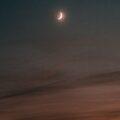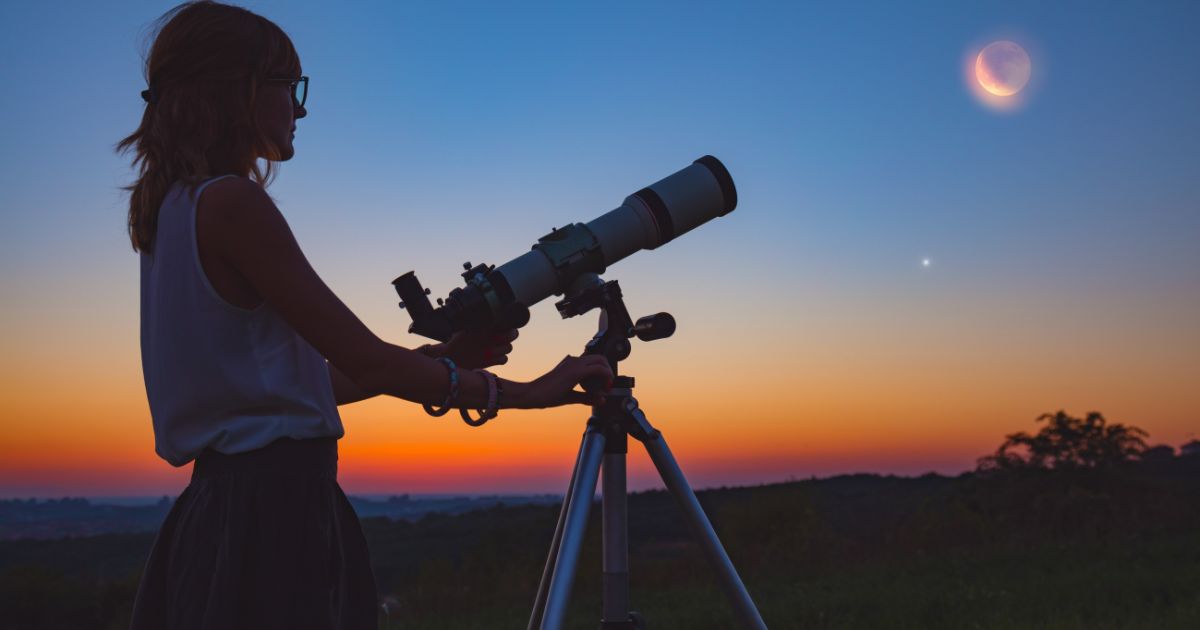For guidance on reading the tables for beginners – please go here
NOTABLE EVENTS
Since the Sun sets much later in the day than in previous months, we reference our celestial events to 10pm local time. As the sky darkens, the Big Dipper is high overhead, and the Milky Way hugs the northern horizon.
With Jupiter setting in the west during twilight, the evening sky is completely void of planets. At mid-month, until Pluto rises in the east about 1:30 am (too faint to be seen without a telescope), Saturn a bit after 3:15, and Mars about 4:00 just before twilight.
NOTEABLE DATES:
May 1 Last Quarter Moon 07:27
May 2 Milky Way parallel to northern horizon at 10pm
May 7 New Moon 23:22
May 8 Milky Way rising in NE at 10pm
May 9 Mercury at maximum morning Elongation
May 13 Sun enters Taurus
May 15 First Quarter Moon 07:48
May 23 Full Moon 09:53
May 29 Spica on the meridian at 9:57pm
May 30 Last Quarter Moon 13:13
MONTHLY TABLE

Dates for the Phases of the Moon

Entries are in Eastern Time and only require time zone correction. Do not use the correction from the “Ottawa-Time” table. Saskatchewan and parts of BC and Ontario do not use daylight savings. In these regions, subtract 1-hour from these times from March 10 to November 3.
Planetary Configurations
When at Opposition, planets will appear on the opposite side of the sky from the Sun – very roughly on the meridian at midnight. Conjunctions are when the planet has the same “longitude” as the Sun. A Superior Conjunction is when the planet is on the other side of the Sun, and an Inferior Conjunction is when it is between the Earth and the Sun. Only Mercury and Venus can be at Inferior Conjunction. Maximum elongation is when Mercury and Venus appear farthest from the Sun in our sky. This occurs either in our morning eastern sky (mor.) or our western evening sky (eve.). Do not apply the Ottawa-correction times to the times in this table.

Prominent Constellations by Seasons


Brightest Stars

One of Canada’s foremost writers and educators on astronomical topics, the Almanac has benefited from Robert’s expertise since its inception. Robert is passionate about reducing light pollution and promoting science literacy. He has been an astronomy instructor for our astronauts and he ensures that our section on sunrise and sunset, stargazing, and celestial events is so detailed and extensive it is almost like its own almanac.













